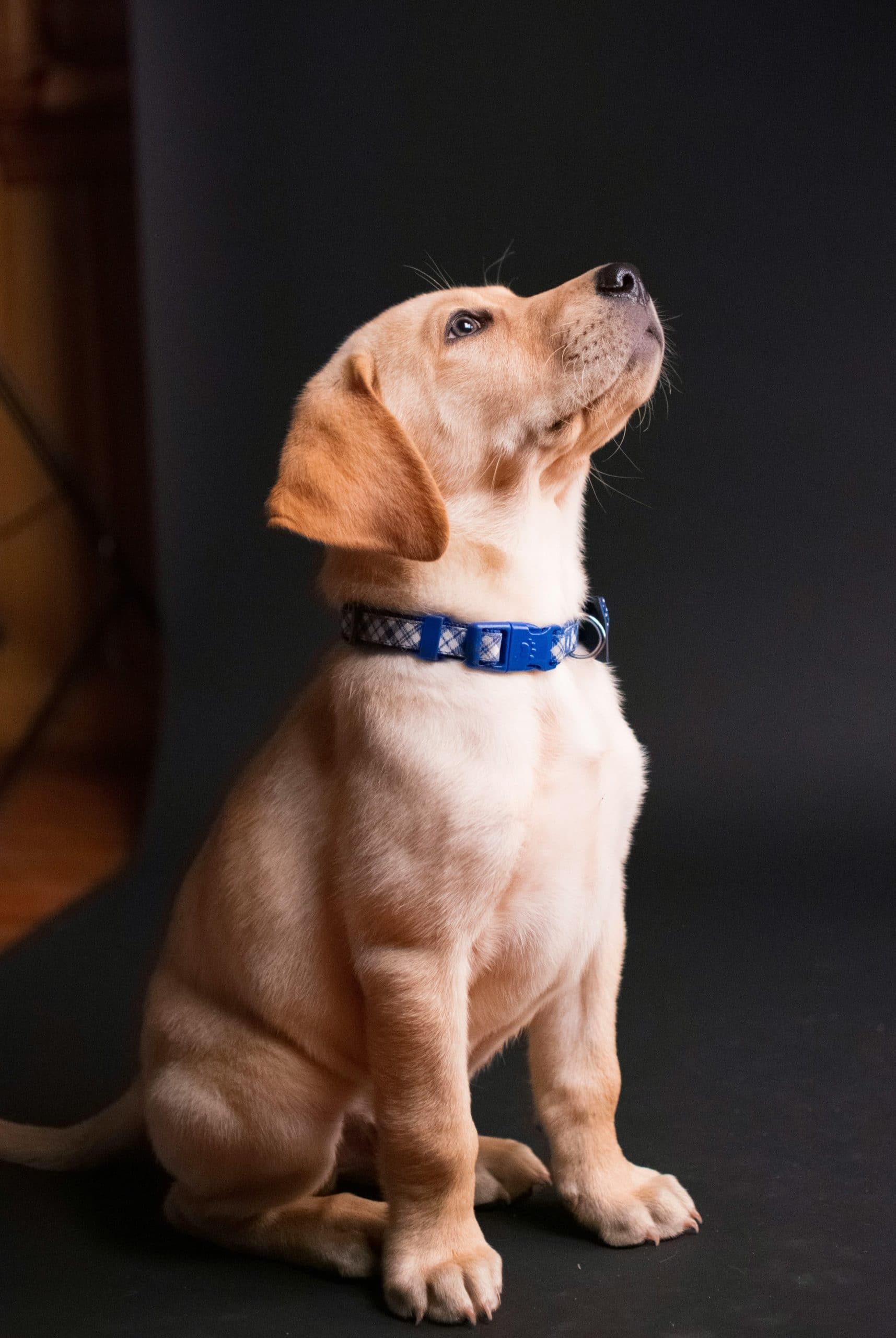When your beloved four-legged friend undergoes surgery, a significant part of the recovery process involves striking a balance between rest and exercise. Too much rest can lead to muscle atrophy, while too much activity may exacerbate the injury. However, with your vet’s guidance and a carefully monitored exercise regimen, your dog’s recovery time might be substantially reduced. This article will delve into the best practices for exercising dogs post-surgery, featuring expert advice and practical tips.
Understanding the Importance of Exercise Post-Surgery
Knowing the importance of exercise for a dog’s recovery from surgery is the first step to successfully handling their rehabilitation.
A découvrir également : What’s the Ideal Habitat Setup for a Crested Gecko?
After surgery, your dog’s body will start healing, which includes both the site of the surgical incision and the underlying tissues affected during the procedure. Exercise helps to stimulate blood flow, which transports essential nutrients and oxygen to the healing tissues. This is critical for recovery.
Additionally, light exercise can help prevent complications such as blood clots, constipation, and muscle atrophy. It aids in maintaining a healthy body weight and improving mood, which is crucial as many dogs may experience stress and anxiety after surgery.
Lire également : How to Train a Deaf Dog Using Visual Signals and Vibrations?
However, it’s important to note that exercise should be reintroduced gradually, and the dog’s reaction should be closely monitored. If your pet experiences pain or discomfort, it’s time to pause the exercise and consult your vet.
Initiating the Exercise Routine
Getting started with an exercise routine for a dog recovering from surgery requires careful planning and vet consultation.
For the first few days after surgery, your pet may need to rest completely, with exercise limited to short bathroom breaks. After this rest period, you can slowly reintroduce movement. Initiating the exercise routine should be done gradually, starting with passive range-of-motion (ROM) exercises. These involve gently moving the dog’s affected limb to help maintain joint flexibility and muscle strength.
The key is to keep the exercises gentle and non-weight bearing in the initial weeks. Walking can be gradually introduced as tolerated, starting with slow, short walks and gradually increasing the distance as your pet’s strength and stamina improve.
The Role of Physiotherapy
Physiotherapy can play a pivotal part in a dog’s recovery from surgery.
Many vets recommend physiotherapy for dogs recovering from surgery, particularly for orthopedic cases. Physiotherapy exercises are designed to help improve flexibility, strength, balance, and overall mobility. They can reduce pain and inflammation, speed healing, and help your dog regain their normal function faster.
Physiotherapy exercises vary based on the type of surgery and the dog’s overall health. They might include passive ROM exercises, controlled walking, balance exercises, and hydrotherapy. It’s crucial to work with a certified canine physiotherapist or your vet to ensure the exercises are executed correctly.
Walking as a Form of Recovery Exercise
Walking is often the most beneficial and natural form of exercise for a dog recovering from surgery.
Once your vet has given the green light, walking should be incorporated into your dog’s recovery routine. Start with short walks on a leash to ensure control and prevent the dog from exerting themselves too much. Slowly lengthen the walks over time as your dog’s stamina improves.
Walking is an excellent low-impact exercise that promotes blood circulation, builds strength, and improves coordination. It also provides mental stimulation, which is key to a dog’s overall well-being. Monitor your dog closely during walks for signs of fatigue or pain, and adjust the walk’s length and pace accordingly.
Managing Your Dog’s Recovery Environment
Finally, managing your dog’s environment during their recovery can significantly impact their comfort and healing process.
Your dog’s recovery environment should be calm and comfortable. A crate or a small room can help keep your pet contained and prevent jumping or running, which could slow down the healing process. Provide soft bedding and ensure your pet has easy access to food, water, and a bathroom area.
You’ll also need to manage your dog’s interactions with other pets and family members to prevent accidental injury. Children should be taught to handle the recovering pet gently, and other pets may need to be separated or closely supervised when near the recovering dog.
Remember, every dog’s recovery is unique, and what works for one may not work for another. Be patient, and consult with your vet regularly to ensure that your dog is on the right track towards a successful recovery.
Incorporating Mental Stimulation in Recovery
Mental stimulation is a vital aspect of a dog’s recovery process that’s often overlooked.
Your dog may be limited in their physical activities following surgery, but that doesn’t mean their mind should be idle. Mental stimulation can be just as important as physical exercise in helping your dog recover. It can keep your dog engaged, reduce boredom, and help manage stress and anxiety that can often accompany post-surgery recovery.
Puzzle toys filled with dog food, treat-dispensing toys, or simple obedience training can be great ways to engage your dog mentally. These activities can be tailored to your recovering dog’s abilities and can be performed even during crate rest periods.
Remember, recovery is not just about getting your dog’s body back in shape. It’s also about ensuring your dog is happy and mentally stimulated. Incorporating activities that stimulate your dog’s mind can help to maintain their overall mood and well-being during their recovery. Always keep a careful eye on your dog to ensure they are not overexerting themselves, and adjust activities as needed.
Pursuing Video Consultations with Your Vet
In the digital age, video consultations have become an invaluable tool for pet owners, especially during a dog’s recovery period.
With video consultations, you can easily connect with your vet to discuss your dog’s progress, address any concerns, or ask questions about your dog’s exercise routine. This is particularly useful when your dog is recovering from major surgeries such as TPLO surgery for a torn cruciate ligament.
During these consultations, you can demonstrate the exercises you’re doing with your dog, ensuring they’re being done correctly. You can also show your vet any changes or issues you’ve noticed with your dog’s incision site or overall behavior.
Remember, communication with your vet is a key factor in your dog’s successful recovery. Regular check-ins, even if they’re virtual, can provide valuable insights and guidance to help your dog recover optimally.
Conclusion
Ensuring your dog’s successful recovery post-surgery is a delicate process that requires careful management of their physical activities and mental well-being. From the gentle reintroduction of exercise routines to incorporating mental stimulation activities during crate rest, every step plays a crucial role in aiding your dog’s recovery.
Physiotherapy exercises and controlled walking times daily can help strengthen your dog’s body and improve their mobility. Meanwhile, creating a comfortable recovery environment and managing interactions with other pets and family members can also contribute to a faster and smoother healing process.
Through it all, consistent communication with your vet—be it during regular visits or through video consultations—remains paramount. With patience, love, and proper care, your recovering dog will be back on their paws in no time, ready to enjoy the walks and play times they love so much.






